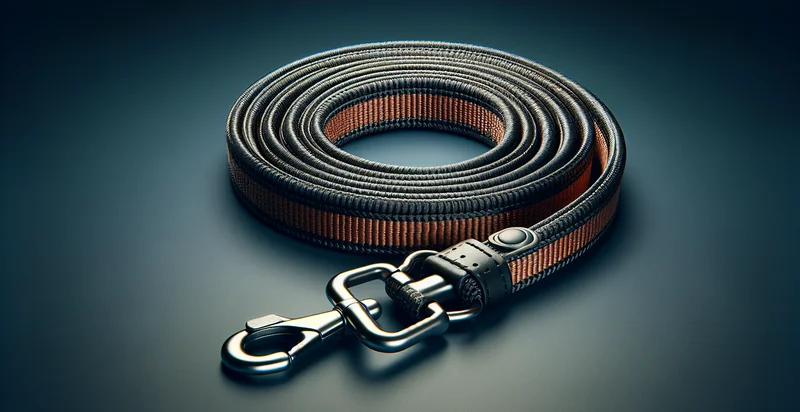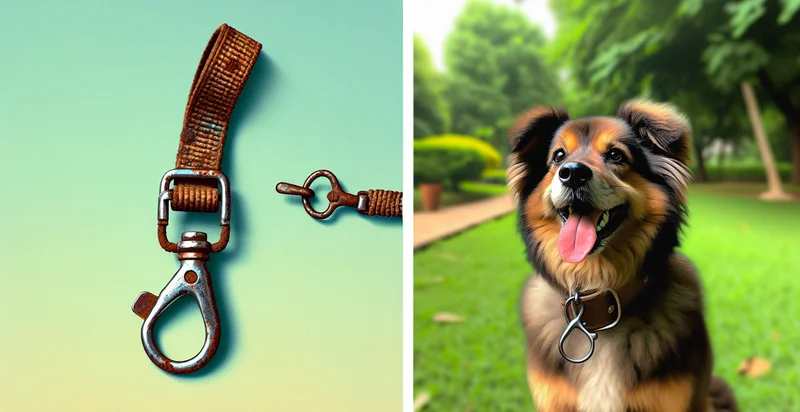Identify dog leash condition
using AI
Below is a free classifier to identify dog leash condition. Just upload your image, and our AI will predict the condition of the dog leash - in just seconds.

Contact us for API access
Or, use Nyckel to build highly-accurate custom classifiers in just minutes. No PhD required.
Get started
import nyckel
credentials = nyckel.Credentials("YOUR_CLIENT_ID", "YOUR_CLIENT_SECRET")
nyckel.invoke("dog-leash-condition", "your_image_url", credentials)
fetch('https://www.nyckel.com/v1/functions/dog-leash-condition/invoke', {
method: 'POST',
headers: {
'Authorization': 'Bearer ' + 'YOUR_BEARER_TOKEN',
'Content-Type': 'application/json',
},
body: JSON.stringify(
{"data": "your_image_url"}
)
})
.then(response => response.json())
.then(data => console.log(data));
curl -X POST \
-H "Content-Type: application/json" \
-H "Authorization: Bearer YOUR_BEARER_TOKEN" \
-d '{"data": "your_image_url"}' \
https://www.nyckel.com/v1/functions/dog-leash-condition/invoke
How this classifier works
To start, upload your image. Our AI tool will then predict the condition of the dog leash.
This pretrained image model uses a Nyckel-created dataset and has 20 labels, including Broken, Clean, Damaged, Dirty, Discolored, Faded, Frayed, Gently Used, Heavily Used and Intact.
We'll also show a confidence score (the higher the number, the more confident the AI model is around the condition of the dog leash).
Whether you're just curious or building dog leash condition detection into your application, we hope our classifier proves helpful.
Related Classifiers
Need to identify dog leash condition at scale?
Get API or Zapier access to this classifier for free. It's perfect for:
- Pet Retail Quality Control: This use case involves integrating the dog leash condition identifier into quality control processes at pet retail stores. By automatically classifying the condition of leashes, retailers can ensure that only safe and high-quality products are displayed and sold, thereby reducing returns and enhancing customer satisfaction.
- Subscription Box Services: Subscription services that deliver pet products can use the leash condition identifier to assess the quality of leashes included in their boxes. This ensures that customers receive leashes that are in good condition, thereby improving their overall experience and loyalty to the service.
- Dog Daycare Safety Monitoring: Dog daycare facilities can utilize this function to evaluate the condition of leashes regularly. By identifying worn or damaged leashes, facilities can enhance safety measures and prevent accidents, ensuring a secure environment for the dogs in their care.
- E-commerce Product Listings: Online pet stores can implement the identifier to verify and classify leash conditions before listing products for sale. This automated process will reduce discrepancies in product quality descriptions and help in maintaining a trustworthy marketplace for customers.
- Municipal Animal Control Programs: Local animal control programs can employ the leash condition identifier to assess leashes collected from stray animals or during rescues. This insight can guide them in distributing safe, quality leashes to pet owners in need, as well as improving community pet care initiatives.
- Advocacy for Responsible Pet Ownership: Animal welfare organizations can use this function in campaigns aimed at promoting responsible pet ownership. By showcasing data on the importance of leash condition for pet safety, campaigns can educate pet owners and encourage the regular examination and replacement of leashes.
- Insurance Claim Verification: Pet insurance companies can leverage the leash condition identifier to verify claims related to pet incidents involving leashes. By having a reliable assessment of leash condition at the time of an incident, insurers can make more informed decisions about payouts and claims processing.


